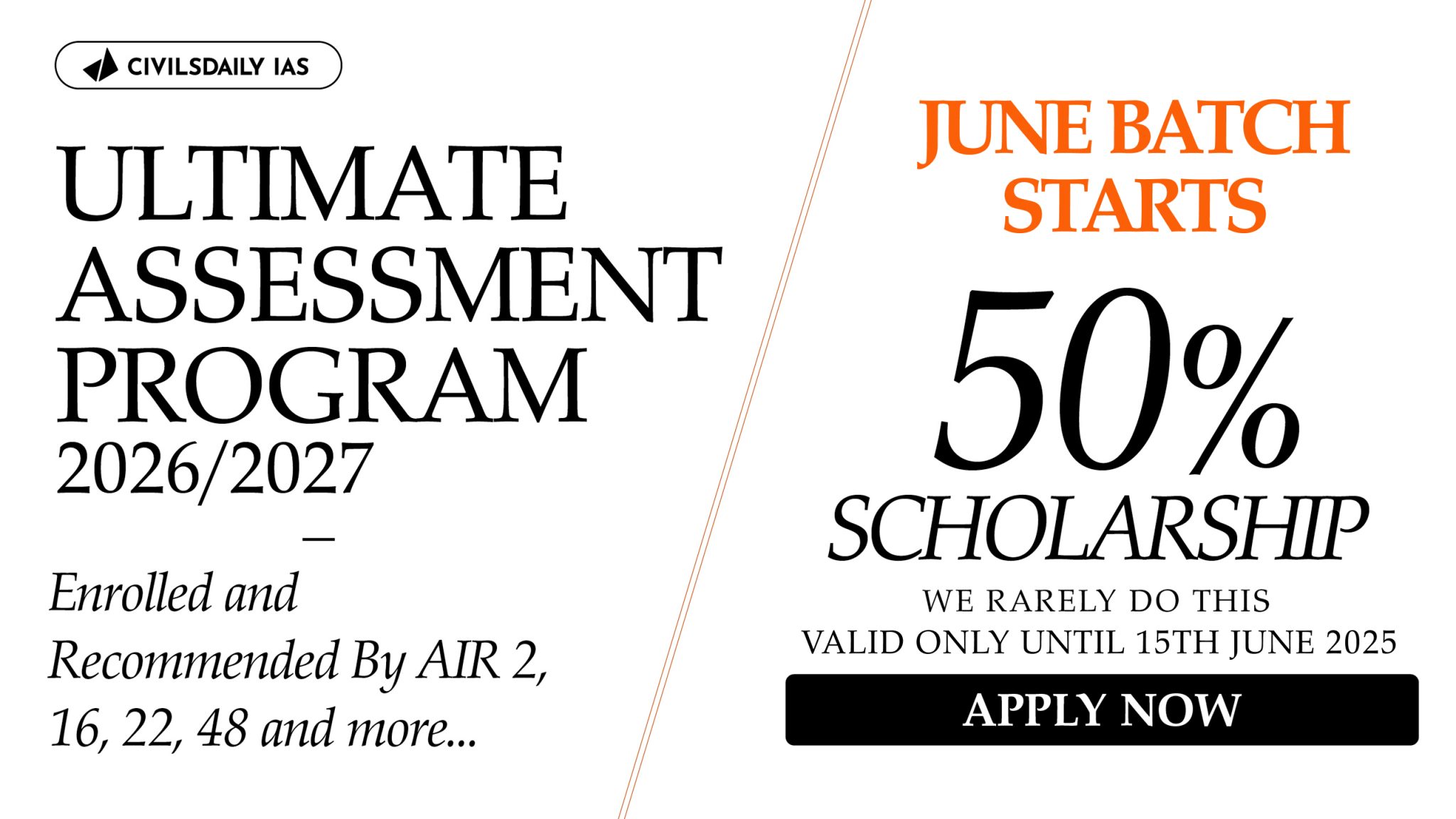Note4Students
From UPSC perspective, the following things are important :
Prelims level: CPI basket in India
Mains level: Paper 3- Inflation challenge
Context
The higher the weight of food in the overall CPI, the more difficult it is for the monetary policy squeeze alone to contain inflation.
Inflation challenge in Indian economy
- Under the FRBM Act, The RBI has the unenviable task of keeping inflation within the 4+/-2 per cent range.
- But lately, despite its best efforts, inflation has remained defiant and above its tolerance band.
- The RBI’s major policy tool, the repo rate has already been hiked by 90 basis points, raising it to 4.9 per cent in June.
- It is likely to rise to at least 5.5 per cent, if not more, over the course of this financial year.
- But this will not be enough to tame inflation due to the nature and structure of inflation in India.
How India’s CPI basket is different
- The CPI basket in India comprises of 299 commodities grouped into six major categories.
- The food and beverages group has a weight of 45.86 per cent (with food at 39.06 per cent, prepared meals at 5.55 per cent and non-alcoholic beverages at 1.26 per cent).
- High weight of food in overall CPI: It is this overwhelmingly high weight of food in overall CPI, based on the consumer expenditure survey (CES) data of 2011-12, that distinguishes Indian inflation from many other developed countries where the food weight is much smaller.
- It is much lower in Germany (8.5 per cent), the UK (9.3 per cent), the US (13.42 per cent), Canada (15.94 per cent), France (16.49 per cent), Australia (16.8 per cent), China (19.9 per cent), and Japan (26.3 per cent). Even developing nations like South Africa (17.24 per cent), Brazil (25.5 per cent), and Pakistan (34.83 per cent) have lesser weightage of food in overall CPI than India.
- The higher the weight of food in the overall CPI, the more difficult it is for the monetary policy squeeze alone to contain inflation.
Tomato inflation
- Interestingly, of the 299 commodities that comprise CPI, the highest contributor to overall inflation was tomatoes at 8.9 per cent.
- Inflation in tomatoes was stupendously high at 158.8 per cent (year-on-year).
- One of the prime reasons was the low base effect as inflation in June 2021 was minus 14.4 per cent.
- Due to low price realisation last year, this year tomato farmers shifted acreage to other crops.
- On top of that, some tomato growing areas got flooded, while many others faced heat waves that further depressed tomato supplies.
- It is for this reason a scheme called TOP (Tomatoes, Onions, and Potatoes) and allocated Rs 500 crore to streamline their value chains.
- But the scheme went to the Ministry of Food Processing, and was expanded to TOTAL by including several other vegetables.
- Without having a champion, like Verghese Kurien was for milk, this scheme (from TOP to TOTAL) got diffused in focus and has not shown any visible impact in improving the value chains of vegetables.
- Way forward: The real solution to tomato inflation may lie beyond the ambit of the RBI.
- Processing: It requires linking tomato value chains to processing of at least 10 per cent of tomato production into tomato paste and puree during bumper years and using them when fresh tomato prices spike.
- Reduce GST: Further, to enhance the affordability of processed tomatoes, its GST rates need to be reduced from 12 per cent to 5 per cent.
- This would also help farmers to stabilise their incomes and avoid the typical cobweb problem they face in case of perishables.
Way forward
- So, monetary policy alone may not be as effective in the Indian case.
- Revise CPI: India desperately needs to revise its CPI with the latest consumption survey weights.
- Our parliamentarians must recognise the limitations that the RBI faces in taming inflation.
Conclusion
The upshot of all this is that the nature and structure of inflation in India is different than in developed countries.
UPSC 2022 countdown has begun! Get your personal guidance plan now! (Click here)
Get an IAS/IPS ranker as your 1: 1 personal mentor for UPSC 2024
